Philadelphia, Pennsylvania, holds a significant place in American history, particularly in the realm of urban development. The city’s history reflects the broader trends and challenges faced by many American cities as they evolved from colonial settlements to thriving metropolises. Here’s a brief overview of the urban development history of Philadelphia:
- Colonial Era (17th and 18th centuries):
- Founded in 1682 by William Penn, a Quaker and the namesake of Pennsylvania, Philadelphia was designed as a “greene country towne” with a grid street layout and public squares.
- The city quickly became a major center for trade, commerce, and government, serving as the capital of the Pennsylvania Colony and later the United States.
- Revolutionary Era:
- Philadelphia played a pivotal role in the American Revolution, hosting the signing of the Declaration of Independence in 1776 and the Constitutional Convention in 1787.
- The city’s strategic location along the Delaware River contributed to its economic growth as a trade hub.
- Industrialization (19th century):
- The early 19th century saw significant industrialization, leading to population growth and increased urbanization.
- The construction of the Pennsylvania Railroad and other transportation infrastructure further connected Philadelphia to the expanding national economy.
- Immigration and Social Changes:
- In the late 19th and early 20th centuries, Philadelphia experienced waves of immigration, with diverse communities settling in various neighborhoods.
- The city faced social challenges, including labor strikes, as industrialization progressed.
- City Beautiful Movement (late 19th to early 20th centuries):
- Inspired by the City Beautiful Movement, Philadelphia underwent urban renewal efforts, including the construction of the Benjamin Franklin Parkway and the Fairmount Water Works.
- The movement aimed to create aesthetically pleasing and functional urban spaces.
- Post-World War II Era:
- Like many American cities, Philadelphia faced challenges related to suburbanization, deindustrialization, and population decline in the mid-20th century.
- Urban renewal projects, such as the construction of Interstate 95, had mixed results, displacing communities while attempting to modernize the city.
- Contemporary Urban Development:
- Philadelphia has experienced a revitalization in recent decades, with efforts to preserve historic areas like Old City and promote sustainable development.
- Neighborhoods such as Northern Liberties and Fishtown have undergone gentrification, attracting a new wave of residents and businesses.
- Cultural and Economic Revitalization:
- The city’s cultural institutions, including the Philadelphia Museum of Art and Independence Hall, contribute to its vibrant cultural scene.
- Economic revitalization efforts have focused on diverse industries, including healthcare, education, and technology.
Philadelphia’s urban development history is a dynamic narrative that reflects the ebb and flow of economic, social, and cultural forces throughout American history. Today, the city stands as a blend of historical significance and contemporary innovation.

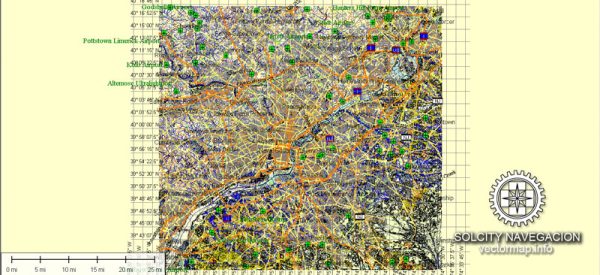
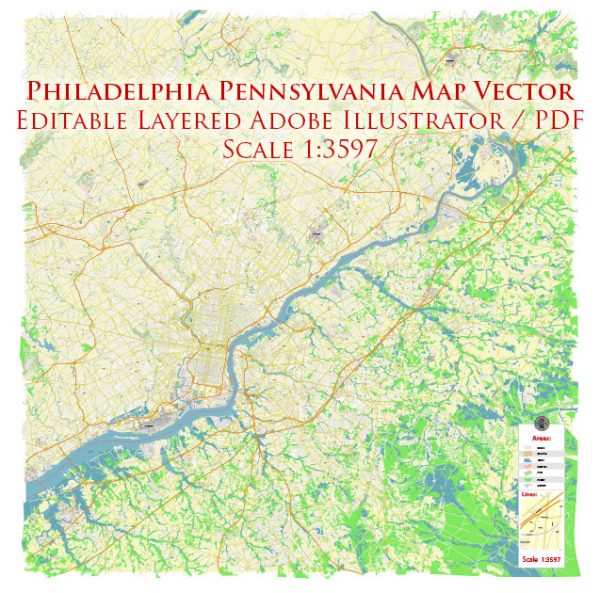
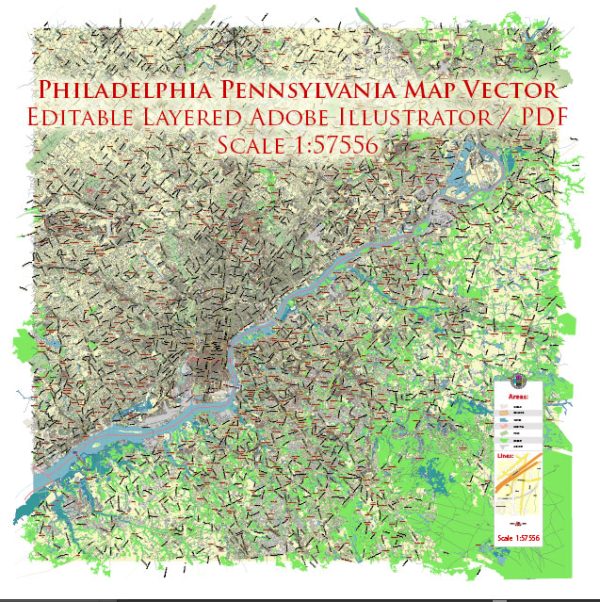
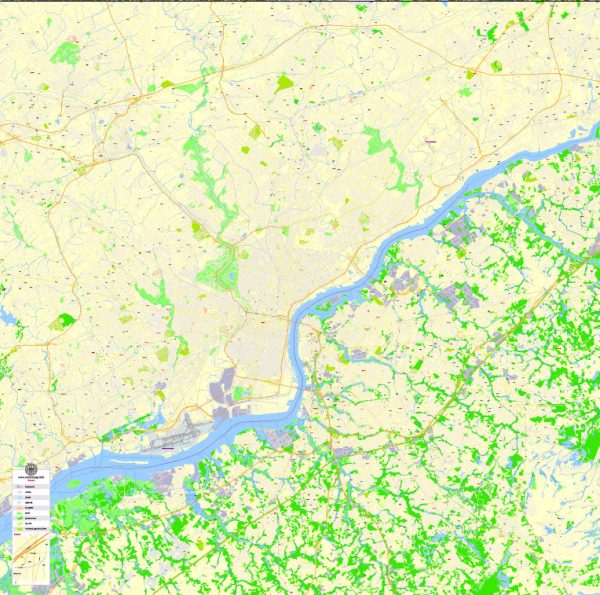
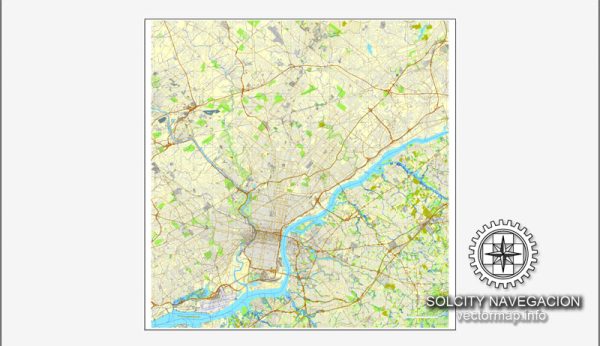
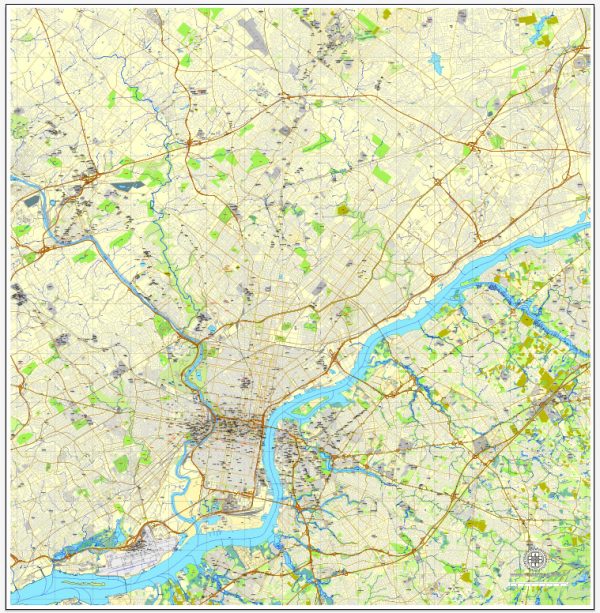
 Author: Kirill Shrayber, Ph.D.
Author: Kirill Shrayber, Ph.D.